6 Great Sports Marketing Examples to Learn From in 2022

Sports marketing is an innovative space. Companies and teams invest a lot of money into developing new and fresh ideas that consistently reach out to the next generation. Over the past few years a significant shift has occurred toward technological innovation.
We’ve also seen an impressive increase in athletes taking ownership of their careers and becoming high stakes ambassadors and even investors in companies.
Additionally, we’ve seen flexibility toward cross promotions and a full out acceptance of cryptocurrency.
These areas will be our primary focus today as we explore six great examples of sports marketing that you can learn from and adopt in your own way in 2022.
1. Athletes Are Their Own Brands (or Brand Ambassadors)
Though it’s certainly not new for athletes to partner with brands, the level of brand ambassadorship and athlete involvement in this branding has greatly increased over the past few years.

For instance, Cristiano Ronaldo recently partnered with Therabody, a wellness brand known for its Theragun product. As a part of this agreement, Ronaldo is responsible for promoting the benefits of this product with a special emphasis on how it can be included as a part of a larger plan to “take control of […] wellness and recovery.”
2. Sports Gadgets Take Center Stage
Sports marketing has also taken up wearables considerably in recent years. This includes devices intended to improve performance for athletes as well as gear for general consumers that include sport-star sponsorships.
A notable example comes from STATSports, which is a company known for providing GPS-powered performance data to athletes. They launched their first US campaign back in November 2021 centered around a sport tracking device called the Apex Athlete Series.
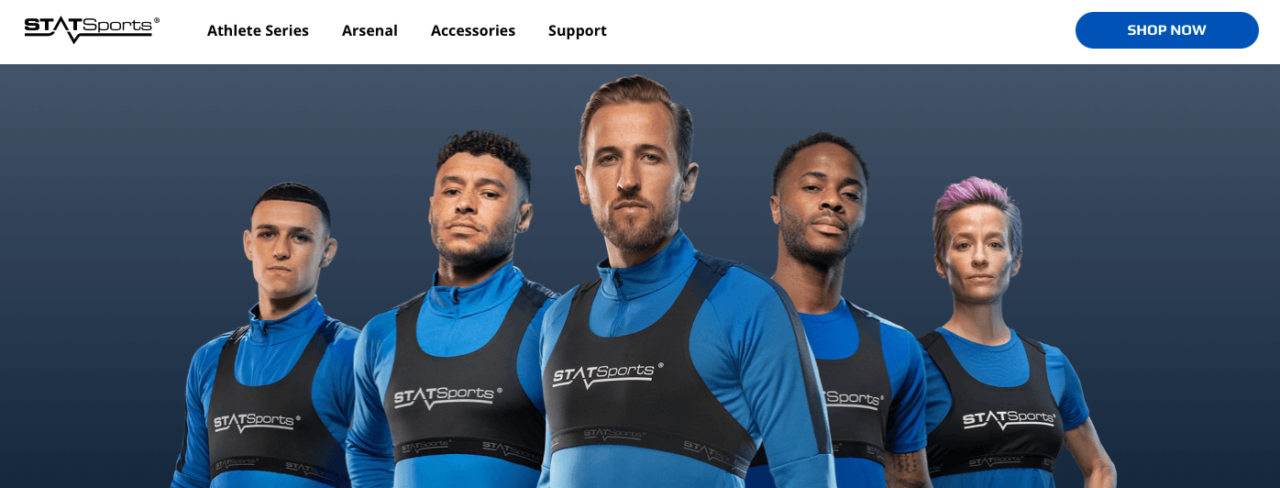
The device is FIFA-approved and works by measuring performance across, “16 key metrics such as max speed, high speed running, high-intensity distance, step balance, sprints, stress load, and more.“
The ad campaign featured a few key “athlete ambassadors” including Megan Rapinoe, Alex Morgan, Tyler Adams, Timothy Weah, and Kayden Clark.
3. Brand Partnerships Center Sustainability
Another example of sports marketing that has really taken off is the inclusion of sustainability as a real mission statement. The most recent example of this comes from a new partnership developed between the NHL team, the Seattle Kraken, and PepsiCo Beverages North America.
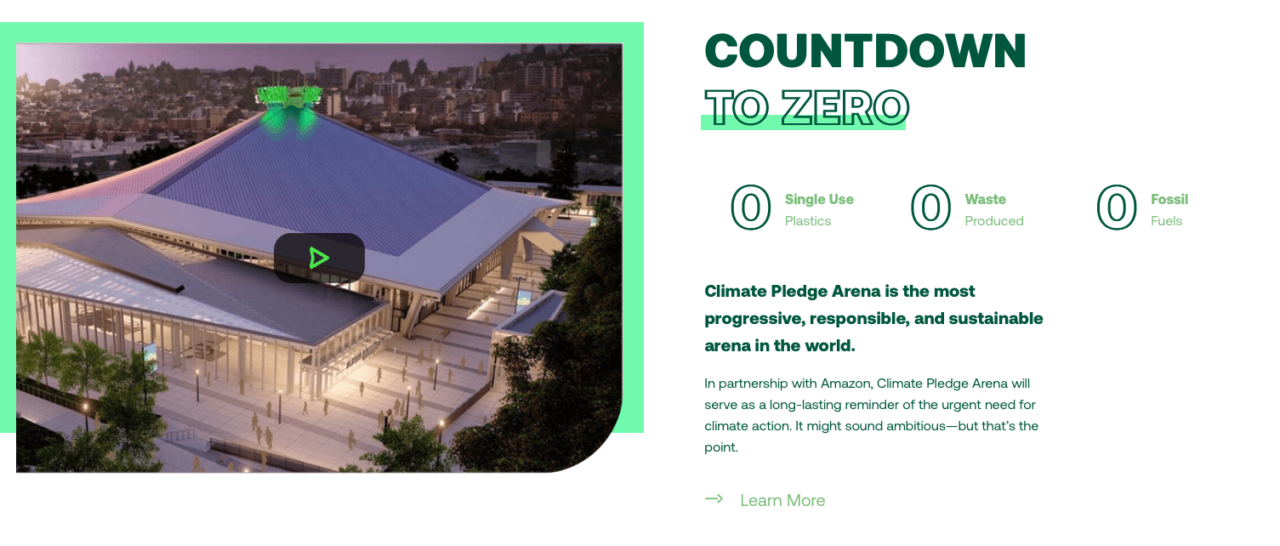
This new partnership requires that PepsiCo commit to a litany of sustainability goals set forth by the team’s home, The Climate Pledge Arena.
PepsiCo will be required to report decarbonization strategies as well as greenhouse gas emissions and prioritize achieving net-zero annual carbon emissions by 2040. Another part of the deal is that PepsiCo will be introducing sustainable packaging for its products that will be available inside of the Climate Pledge Arena. This falls in line with what PepsiCo has already set as a company goal to have all of their products in rPET bottles by the year 2030.
4. Cross-Industry Promotions
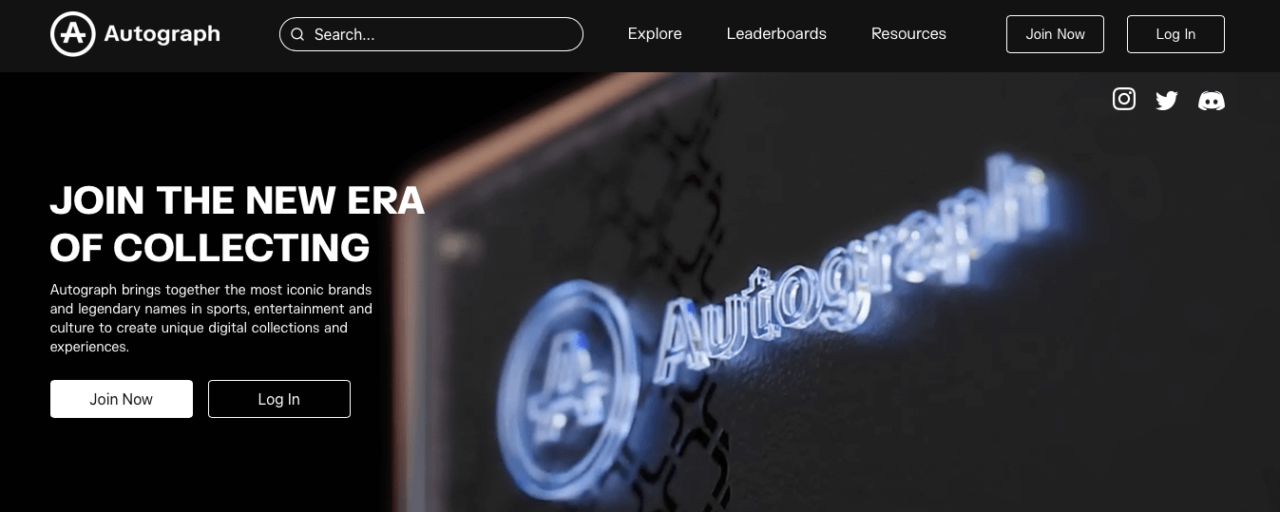
Autograph, an NFT platform devised by Tom Brady, saw the inclusion of The Weeknd late in 2021. This took the solely sports-focused NFT platform to new territory. By cross-promoting with music NFTs, Autograph stands to receive more traction with a wider audience, which could spell longer sustainability for the brand.
Interestingly enough, several athletes are already on Autograph’s advisory board, including Tiger Woods, Simone Biles, Tony Hawk, and Naomi Osaka. Though the addition of a music vertical to Autograph is groundbreaking, the platform has strayed outside of sports in the past. In fact, it has worked with Lionsgate to create a series of tie-in NFTs for the film franchise, Saw.
5. Cryptocurrency
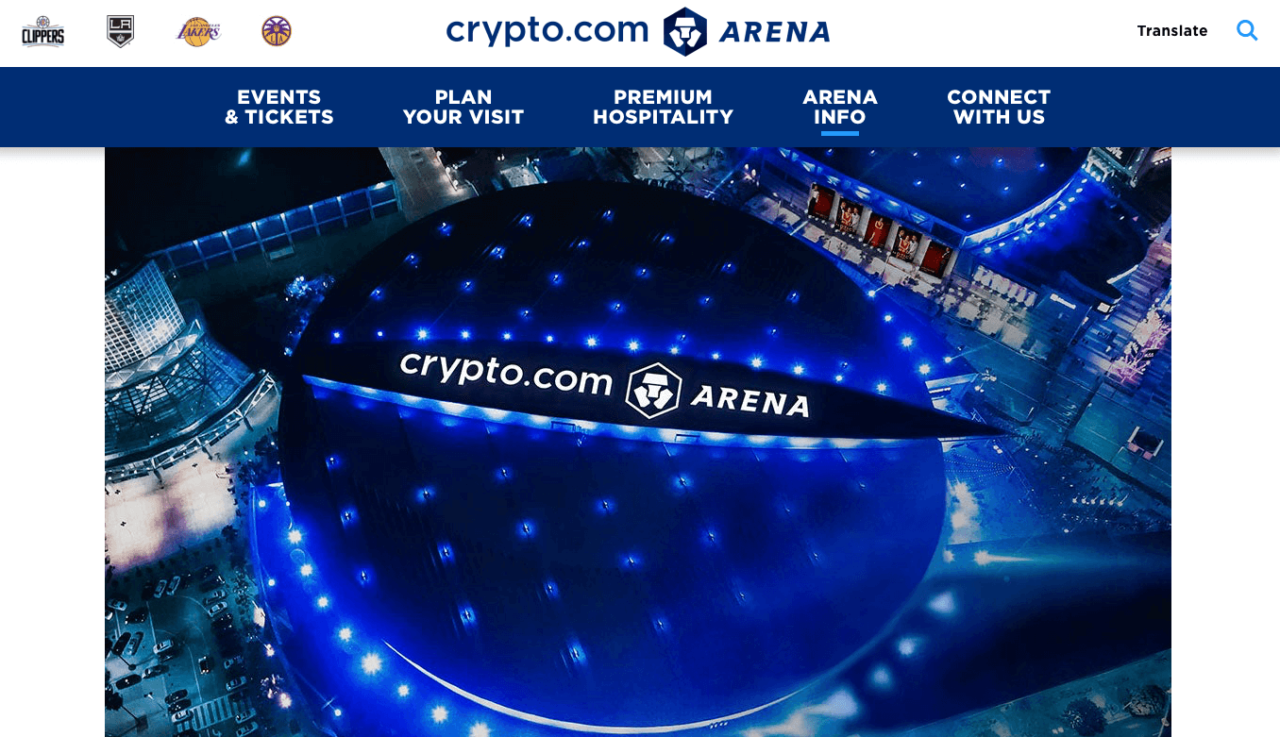
Related to the above, sports marketing has also taken heavily to the use of cryptocurrency in recent years. In fact, according to Morning Consult, crypto has become the fastest growing sponsorship category in sports. That certainly explains all of the cryptocurrency ads during the Super Bowl, doesn’t it?
One of the stand out examples would have to be the fact that the former Staples Center in Los Angeles was recently purchased by Crypto.com. But it’s not the first deal of its kind: FTX paid $135 million to rename the American Airlines Arena in Miami, too.
Crypto.com has even got its hands in sports apparel by signing a deal with the UFC to have its visage appear on a variety of fighting apparel clothing items.
But beyond the mere act of slapping a name on a building, cryptocurrency is also becoming more widely accepted as a means of paying for tickets to sporting events. Some athletes are even requesting their salaries to be paid out in crypto.
The Sacramento Kings of the NBA began to accept bitcoin as payment for tickets all the way back in 2014. Since then, the Oakland A’s of Major League Baseball, and the San Jose Sharks of the NHL have started to accept ticket payment in crypto. Top crypto payment methods currently accepted include Bitcoin, Litecoin, Dogecoin.
6. The Use of AI is on the Rise
Another idea that sports marketing has really taken hold of is AI. As you know, AI stands for artificial intelligence and it has become increasingly important across a wide variety of aspects of society in recent years. Just think of how many homes are now outfitted with Alexa and how many people interrupt conversations to say the phrase, “Hey Siri?”
But that’s not all AI has to offer. In fact, an increasing number of websites are using chatbots to interact with customers and fans. This chatbot technology is AI-powered and is often used on messaging apps as well like Slack, Facebook Messenger, Skype, and Telegram.
Sports marketers are making use of chatbots to interact with fans and customers at crucial times in the sales funnel and it can be used to foster a greater sense of brand or team loyalty.
A specific example comes from FC Arsenal who created a chatbot called Robot Pires.
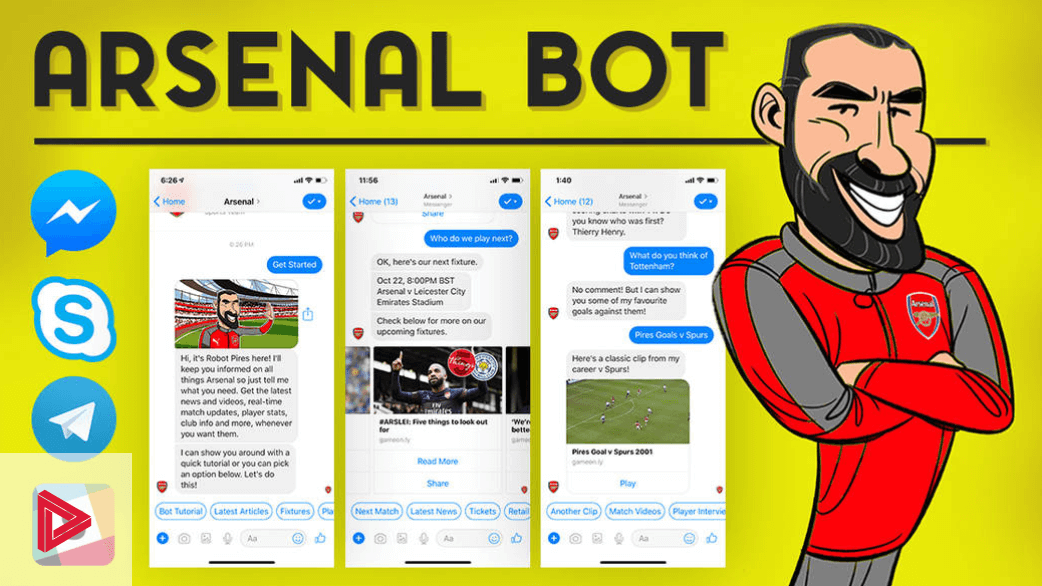
This chatbot provides users with fast stats, sports news, exclusive videos of the Premier League Club, and results. Plus, the chatbot has been programmed to speak in straightforward language with an overall funny tone that speaks to fans directly.
As an added bonus – as all chatbots do – Robot Pires collects data, which sports marketers can then use to fuel their next campaigns.
Final Thoughts
No matter your feelings on each of these sports marketing examples, you can’t help but notice the creativity and the willingness to think outside the box possessed by each. Perhaps that is the thread that connects each of these approaches: innovation.
